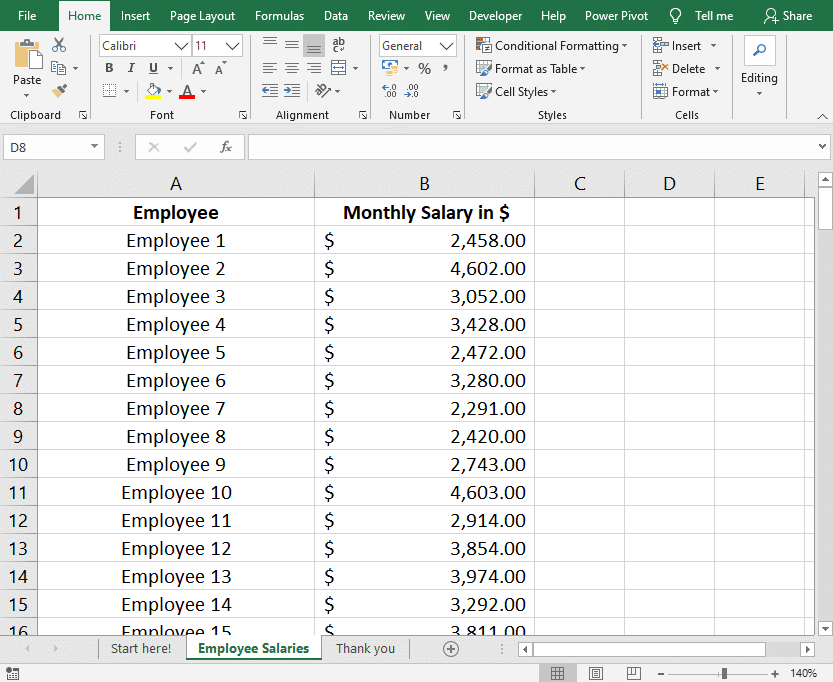

and Canada was 6.2%, the 8% of Whole Foods is not that high or unusual. It seems that although the average growth rate of Food and Staples Retailers in the U.S.
.US.jpg)
Using the histogram, we can see that a bit more than a quarter of the companies exhibited roughly similar growth, between 6% to 10%. Also, not a negligible part of the sample exhibited a growth rates of above 10%. We can see that very few companies exhibited a decline in revenues, and that the distribution of companies with growth rates between 0% to 10% is roughly the same. Since we want to focus on Whole Foods, let’s examine the U.S.

and Canada market differs from the European market. The histograms show that the distribution of growth rates in the U.S. One of the best examples of the importance of creating a histogram, and not relying only on the average and median, is the following two distributions: The histogram will present not only those statistics, but the whole distribution of the data, which will improve our analysis and can reveal conclusions which the average and the median will not show. Since the histogram will show the distribution of the samples, we will use it when we want to understand if a specific sample or prediction (for example, current or forecasted gross profit margin) is common, or unusual.īasically, a histogram would be useful whenever we want to calculate an average or a median of a data set.


 0 kommentar(er)
0 kommentar(er)
